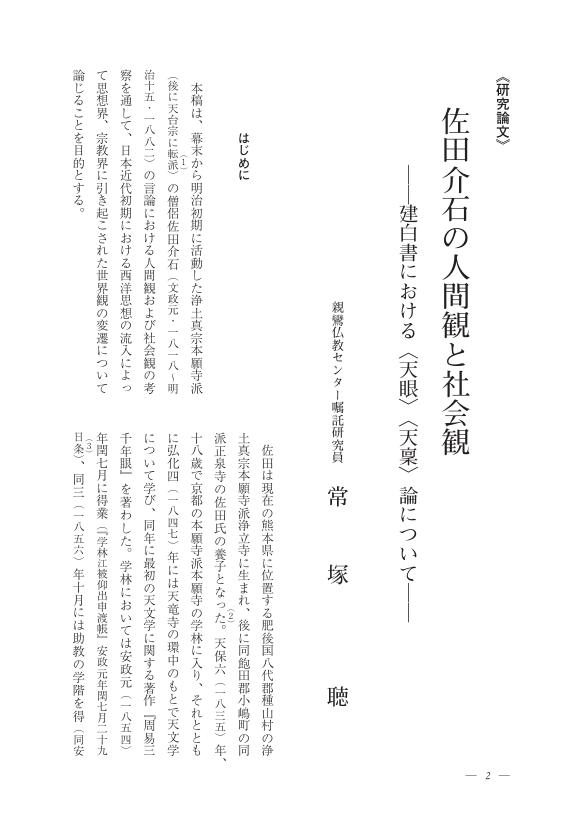8 0 0 0 OA 中国社会におけるマニ教の認識 : 唐から明までの漢文史料を中心に
- 著者
- 常塚 聴
- 出版者
- 東京大学文学部宗教学研究室
- 雑誌
- 東京大学宗教学年報 (ISSN:2896400)
- 巻号頁・発行日
- vol.18, pp.89-113, 2001-03-31
The purpose of this paper is to consider various understandings of Manichaeism within Chinese society. The manner in which the religious peculiarities of Manichaeism were altered or retained in China has been widely discussed in a variety of other sources. In this paper I will specifically focus on the various ways in which Manichaeism has been viewed in Chinese society. The location of Manichaeism in China can be plotted out as a series of coordinates on three axes : "domestic-foreign," "insider-outsider worldview," and "receptiveexpulsive." Most Chinese historical documentary records describe Manichaeism as a "foreign" religious group. Especially after the rebellion of Fang La (1120-1122), many political sources designated Manichaeism as an "unauthorized," "heretical," and "illegal" religious society, much like the Yellow Turban Society (huang-jin dang) of the late Han dynasty. This suggests that the political view of Manichaeism had turned from "receptive" to "expulsive" at that point. ATaoist source entitled "The Scripture of Lao-zi's Ascension to the West and Conversion of the Barbarians (Lao-zi xi-sheng hua-hu jing}" found at Dunhuang, described the deity Mani as being one of the incarnations of Lao-zi. This seems to suggest that Taoism had adopted Manichaeism into their worldview. Some sources suggest that Manichaeism was commonly recognized in Chinese society as a component of folk tradition. It may therefore be presumed that Manichaeism was recognized as having some kind of religious function within the context of indigenous (folk) beliefs. It is clear that there are obvious differences between the political and the folk view of Manichaeism. However, in order to illustrate a specifically Chinese worldview, instead of simply investigating documentary records, I endeavor to provide an analysis that encompasses both historical and folkloric approaches to illustrate the position of foreign religious traditions in historical China.
1 0 0 0 OA 佐田介石の人間観と社会観 ――建白書における〈天眼〉〈天稟〉論について――
- 著者
- 常塚 聴
- 出版者
- 宗教法人 真宗大谷派 親鸞仏教センター
- 雑誌
- 現代と親鸞 (ISSN:13474316)
- 巻号頁・発行日
- vol.24, pp.2-33, 2012 (Released:2018-10-31)
- 著者
- 斎藤 環 常塚 聴
- 出版者
- 親鸞仏教センター(真宗大谷派)
- 雑誌
- 現代と親鸞 (ISSN:13474316)
- 巻号頁・発行日
- no.19, pp.128-138, 2009-12
